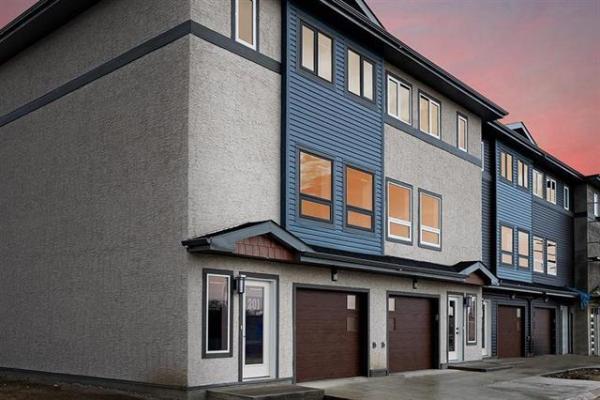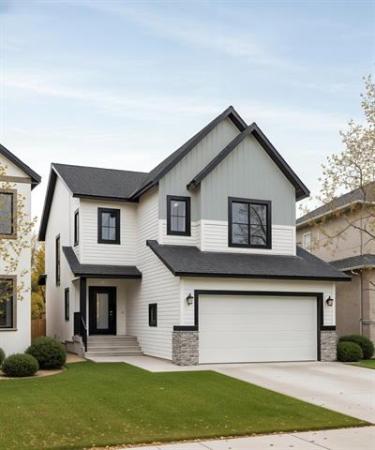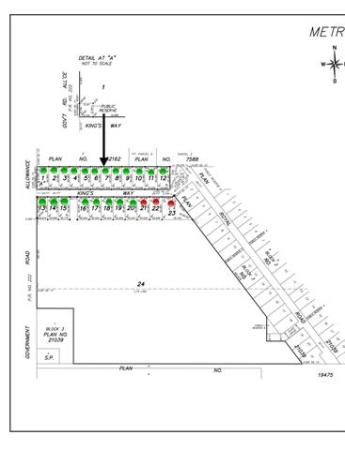Question: I’ve been looking for information on how to fix a skylight cavity, once the skylight has been removed, and ran across an article you wrote, online. In it you say to remove the skylight housing. If this is not possible, would it work to drill holes in the housing for cross air ventilation between rafters in my cathedral ceiling?
My skylight, I assume, was installed between rafters, 24 inch-on-centre, with framing from rafter to rafter to make a box. The skylight was taken out 13 years ago and I put a thin piece of birch plywood over the opening, with decorative holes for ventilation, to keep the underside roof decking dry. It worked, except around the inside edges of the cavity. I just got a new roof and assumed they would replace the roof decking if needed. They didn’t, and it should have been replaced, as it was cut short and did not cover the whole hole, which is now sagging at one end. I will be calling the roofer, as I think the whole sheet should have been replaced. I’m also worried that any work is going to compromise the whole underlayment, just to repair this section. So much for a strong protective new roof!
I just had my son drill three, one-inch holes, about an inch down from the decking, in each end of the box between the rafters. I did this so air could flow between the rafters, and then jammed a piece of two-inch-thick foam insulation into the cavity. He then put plywood over the opening. I’ll figure out how to finish it later, maybe with a picture of a night sky. Will this work?
Any advice would be appreciated.
Thank you, JoAnne.
Answer: Repairing, properly insulating, and air sealing the area in your roof system where an old skylight has been removed is no small task. It certainly requires a high level of understanding of building science principals. This is undoubtedly beyond the scope of most homeowners, and should most certainly be left to professional contractors for proper remediation.
There are many small to moderate jobs that may be within the skill and knowledge level of the average home handyperson, but care should be taken to not exceed those limits. Quite frequently, I observe improperly installed upgrades or repairs in homes that I come across in typical inspection. Often, these can be attributed to enthusiastic homeowners wanting to test their renovation skills. Almost as frequently, this type of poor quality workmanship can be the result of improperly trained individuals wanting to cash in on the “flipping” craze. Either way, bad work may range from a purely cosmetic issue, to a major defect requiring immediate repair.
While I often encourage my clients to attempt small repairs, like patching and painting small cracks or damage to walls and ceilings, more complex work should be avoided. My concern is not over the physical limitations of the repairs, but the lack of knowledge. Too often improper work is the result of not knowing the proper methodology for the task. While that can often be remedied by an extensive search of YouTube videos, most people will not spend the time required for proper research. The results are usually easy to spot, with leaky or gurgling plumbing components, non-functioning electrical fixtures, uneven tiles, jamming doors, and the list goes on. So, the key to successfully attempting any DIY projects is to ensure that you know the proper methods before you begin.
Properly air sealing and filling in an older skylight opening will require a contractor with extensive knowledge and experience in building enclosure work. The exact methods for this work will also vary according to the climate in which your home is located. Because you had only a thin piece of plywood over the old opening for several years, I would doubt you live in our area. Otherwise, warm air intrusion, condensation, and leakage would likely have been a regular occurrence. What makes it even more tricky is the fact that the skylight was located in a vaulted ceiling. Many of those type of roof systems were never well insulated or vented properly from the beginning, so much more extensive upgrades would likely be required. The ideal time to do that would have been at the same time as the roofing replacement, but that window is now closed.
I rarely reply to a respondent’s inquiry without any sort of answer, but in this case, I will make an exception. Not only am I not willing to provide you with specific details, I am unable due the many variables in play. The location of the home, climate, pitch and direction of the roof, trees, roofing materials, thickness of the roof system, and current insulation and ventilation of the surrounding area all must be evaluated before going further. I will go out on a limb and suggest that a proper repair is beyond the capability of any homeowner, unless they are currently employed in the building design or construction field.
Further ill-advised and random work, or attempts to properly insulate and ventilate the opening for your former skylight, should be immediately halted. That type of work will require a high level of experience and knowledge of building enclosures, and well beyond your capabilities. Hiring a good general contractor, or building enclosure specialist, will help avoid further problems, and deterioration to your home and roof system, where the issue is located.
Ari Marantz is the owner of Trained Eye Home Inspection Ltd. and a Registered Home Inspector (RHI)(cahpi.ca). Questions can be emailed to the address below. Ari can be reached at 204-291-5358 or check out his website at trainedeye.ca.
trainedeye@iname.com



